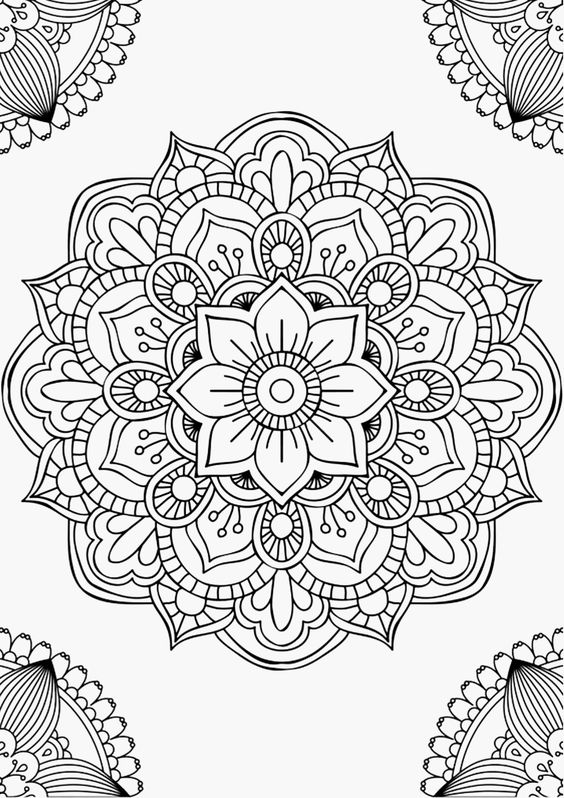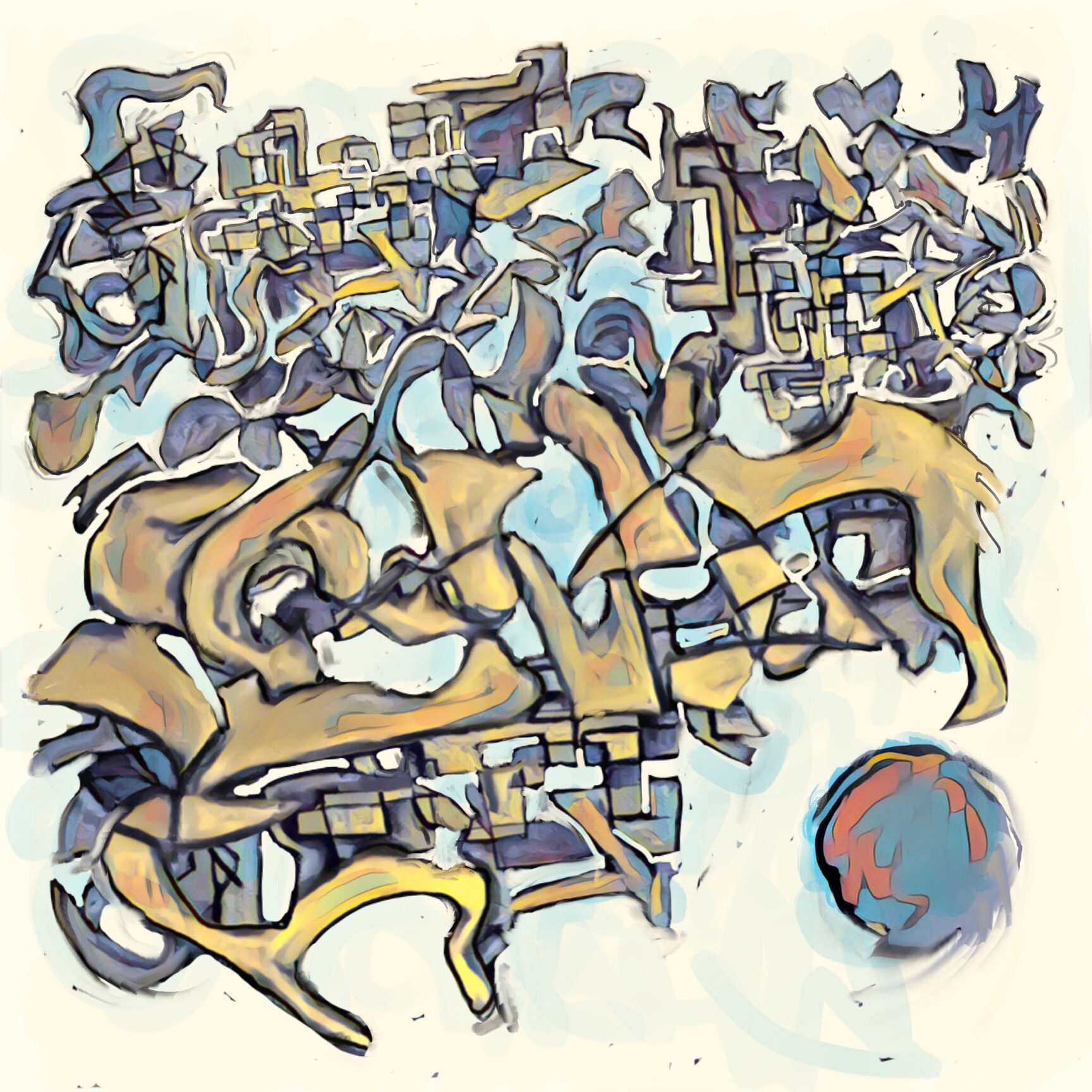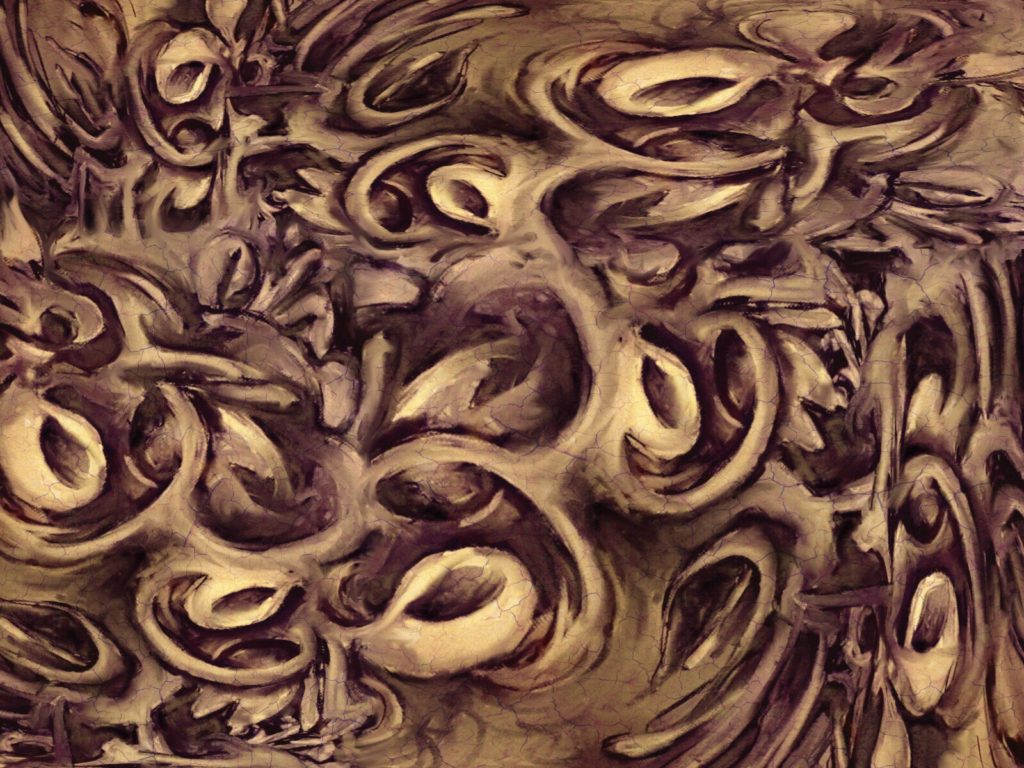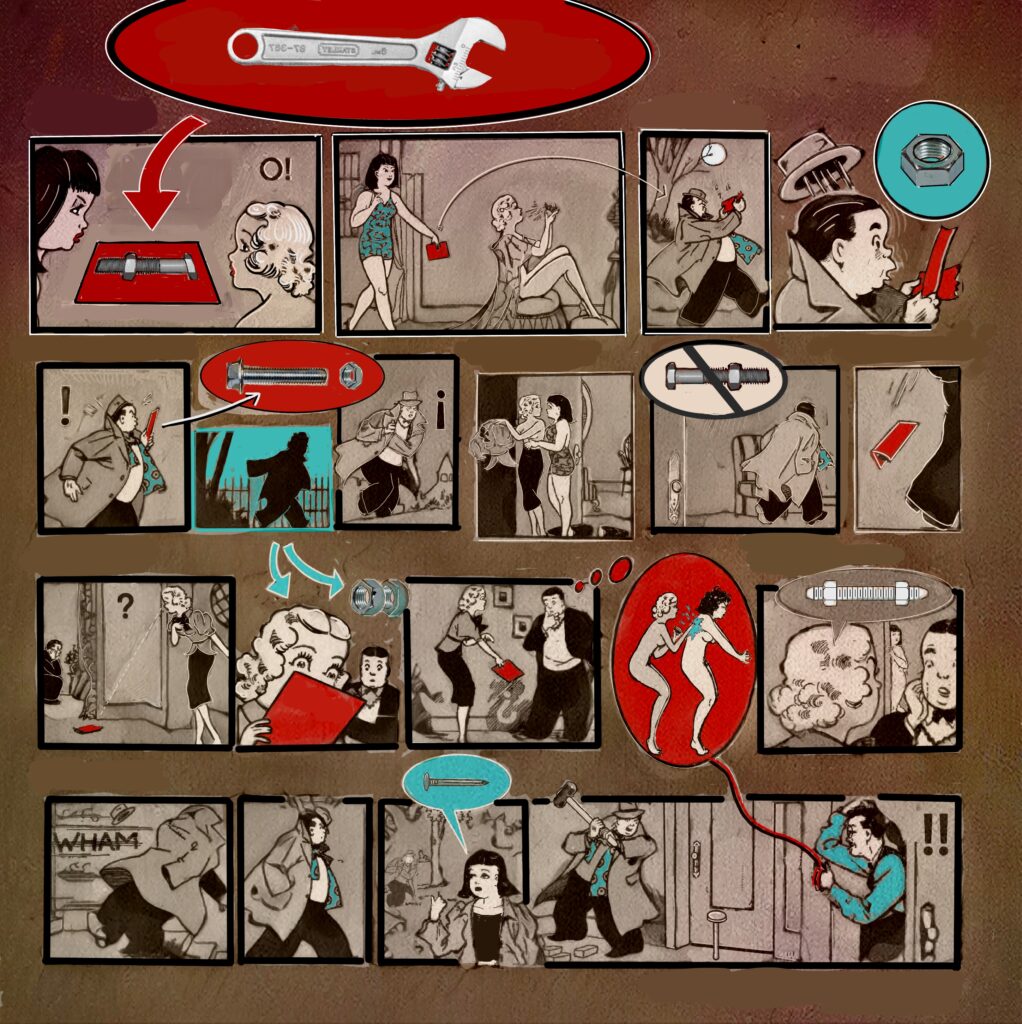
Of all my creative endeavors, the one that has caused the most perplexity among my friends is my “remix” of public domain comic books. Most people who read them struggle to find a story (or even a point.) So, I thought I’d write a little bit about them and direct people to this blog when they say, “I don’t get it. What is it supposed to mean?”
Let’s start with how I make them. The process involves taking 2-3 different comic books of completely different styles, then digitally cutting, pasting, and juxtaposing the characters into new environments so that the original context is lost, and a new, decidedly unsettling, context emerges. It’s a form of surrealistic collage.
This technique started with Max Ernst’s Une Semaine de Bonté, in which he cut up and rearranged illustrations from Victorian encyclopedias and novels.
For example, Max Ernst’s images look like this:
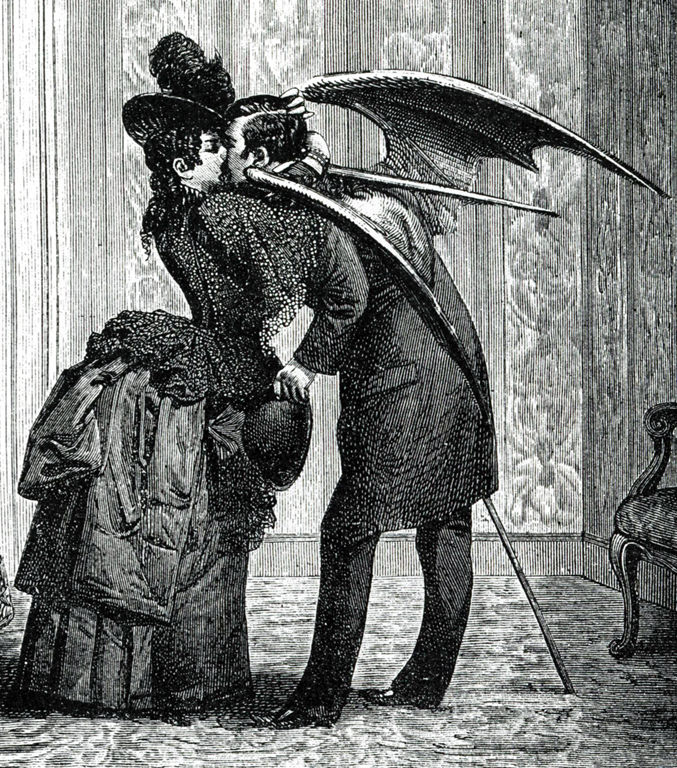

By comparison, my cut up and rearranged comics look like this:
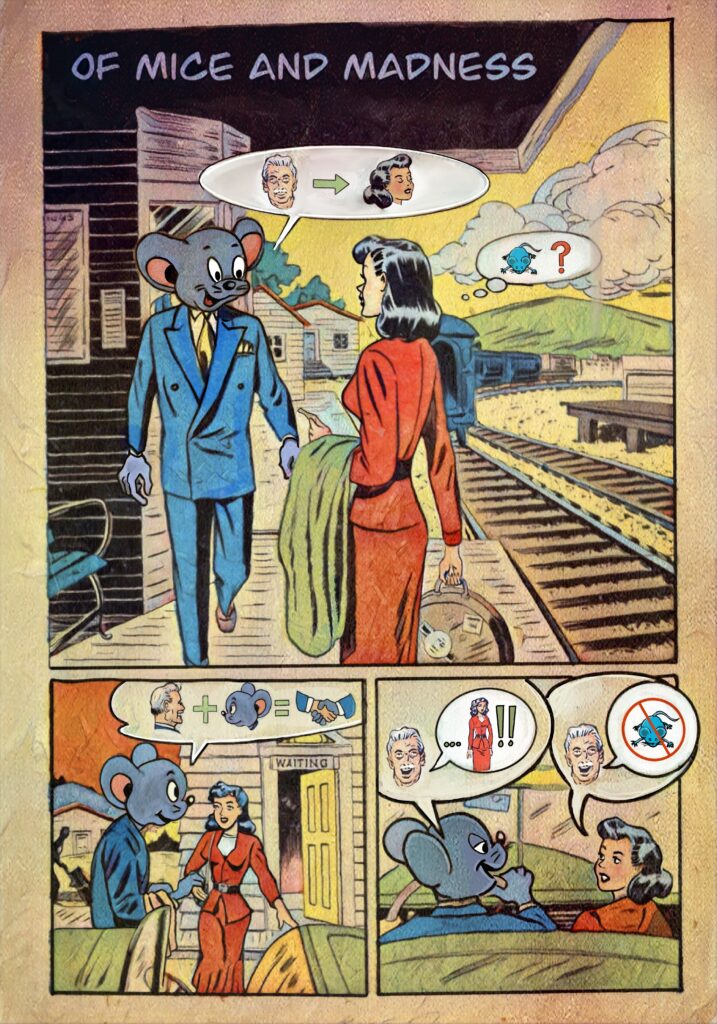
So, I’m doing the same sort of thing (as are many other contemporary artists and illustrators,) cutting out images reorganizing them. I ultimately redraw and recolor a large section of individual panels to suit the new flow. My hope is that the juxtaposed elements a quasi-story in which the parts almost-but-don’t-quite fit together. As the viewer struggles to make sense of the sequence, it should feel like the struggle to make sense of random images in a dream. Hopefully, unexpected feelings, sensations, and ideas will be evoked (emotions other than frustration or polite indifference.)
As another example, here is a set of three pages I’ve just finished. I took images from a “Romance Comic” a “Horror Comic” and “Children’s Comic” and mixed the elements together. There is a kind of dream logic to it, but not a rational narrative.
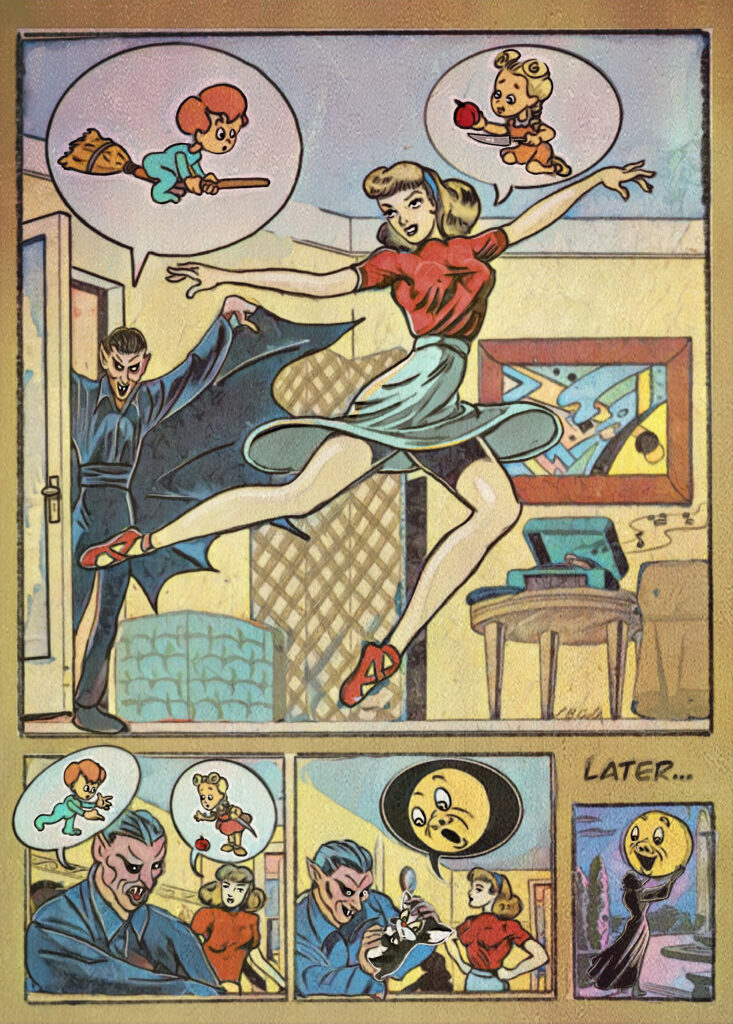
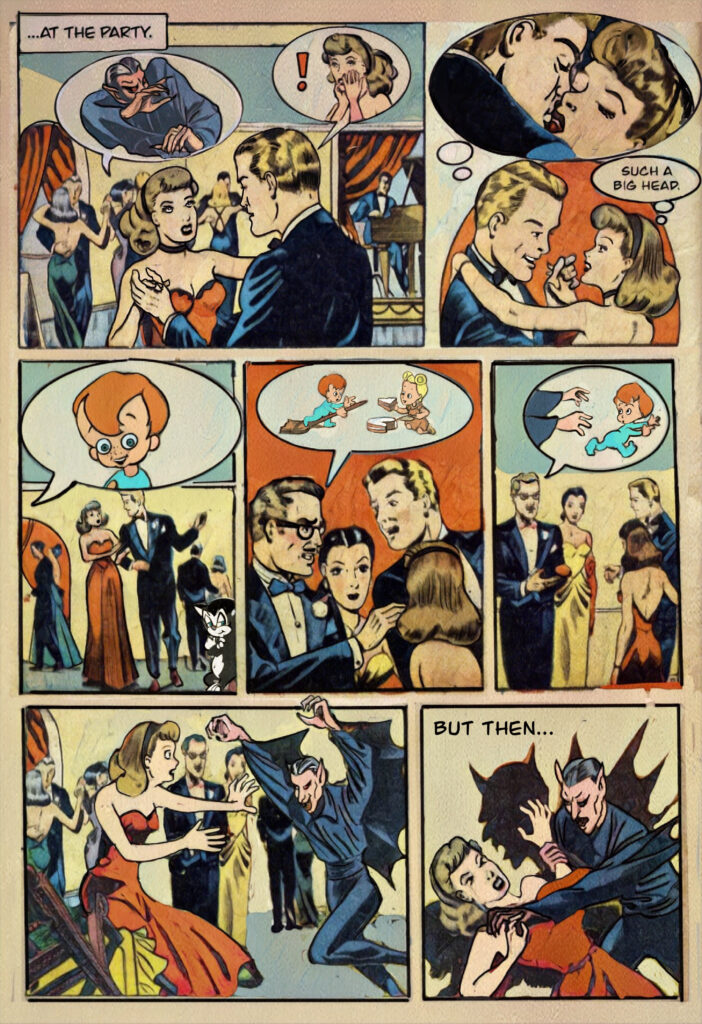
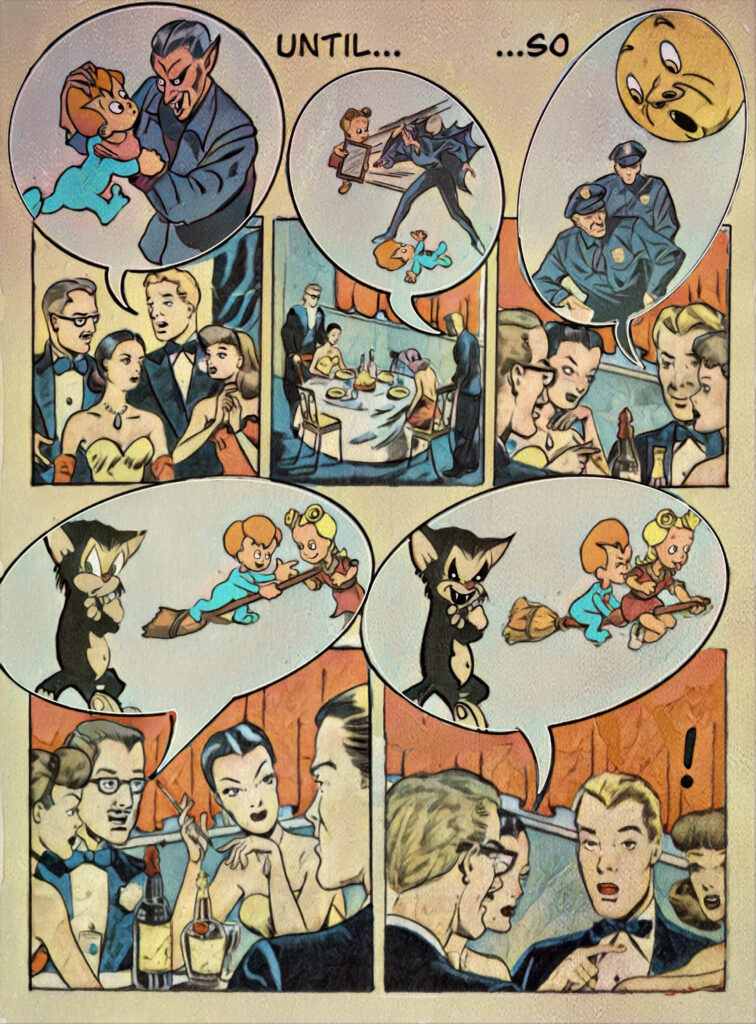
In truth, the crude drawings and lowbrow storylines of these forgotten comics are by themselves a bit sinister. There is violence, perversity, and marginality hidden underneath. My juxtapositions try to amplify those elements.
So do you feel anything scanning these images? Nothing? That’s all right. Juxtaposing images is a bit like mixing chemicals. It may take more time for me to stumble on the combination that catalyzes the reaction I’m looking for.
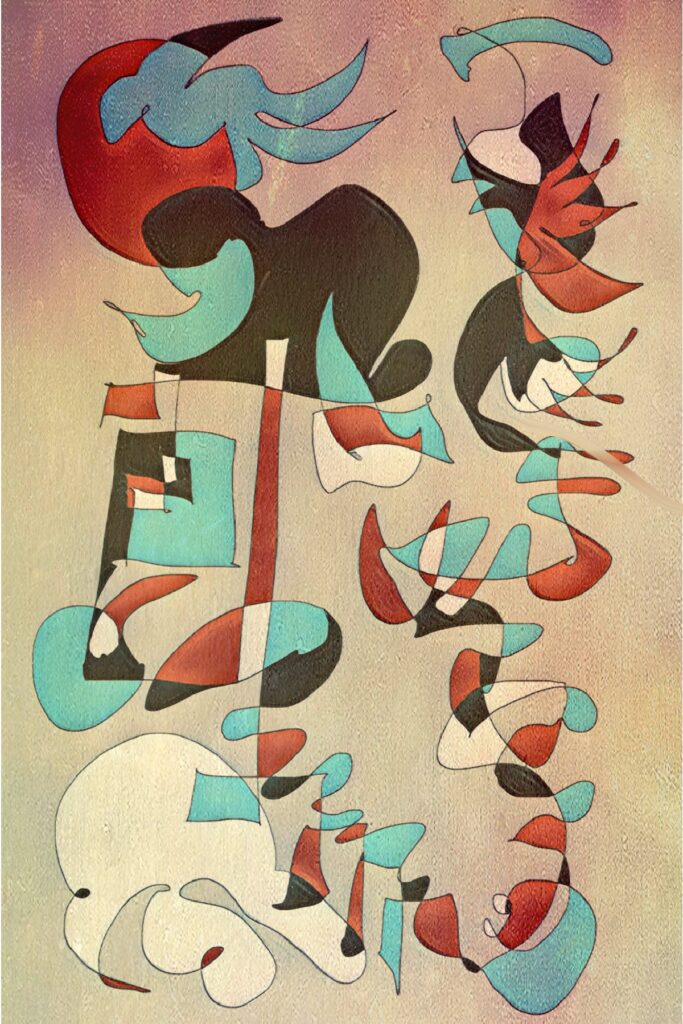
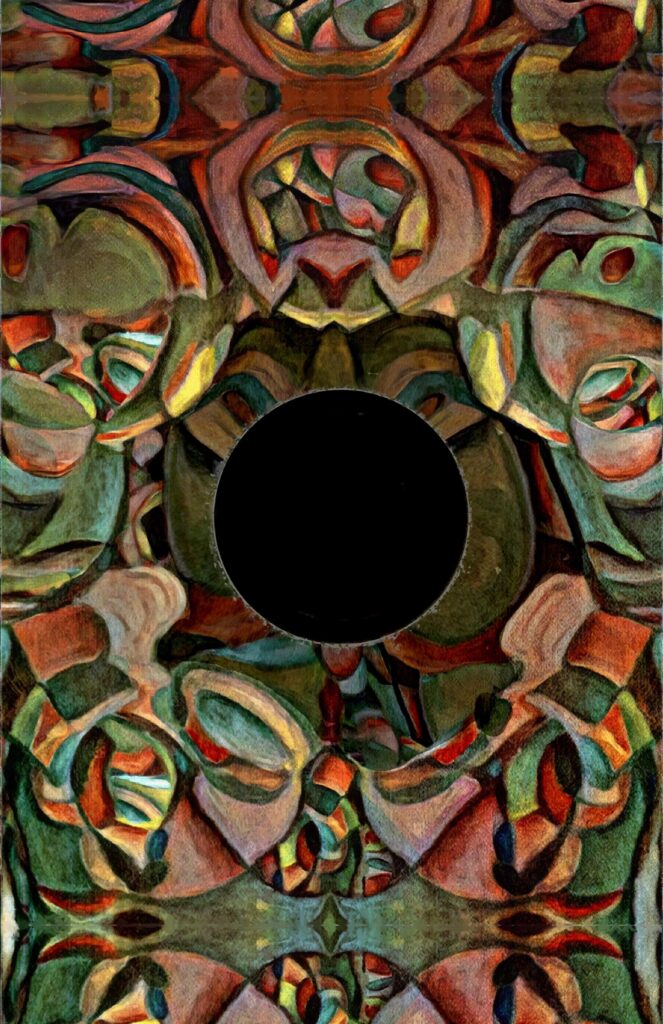
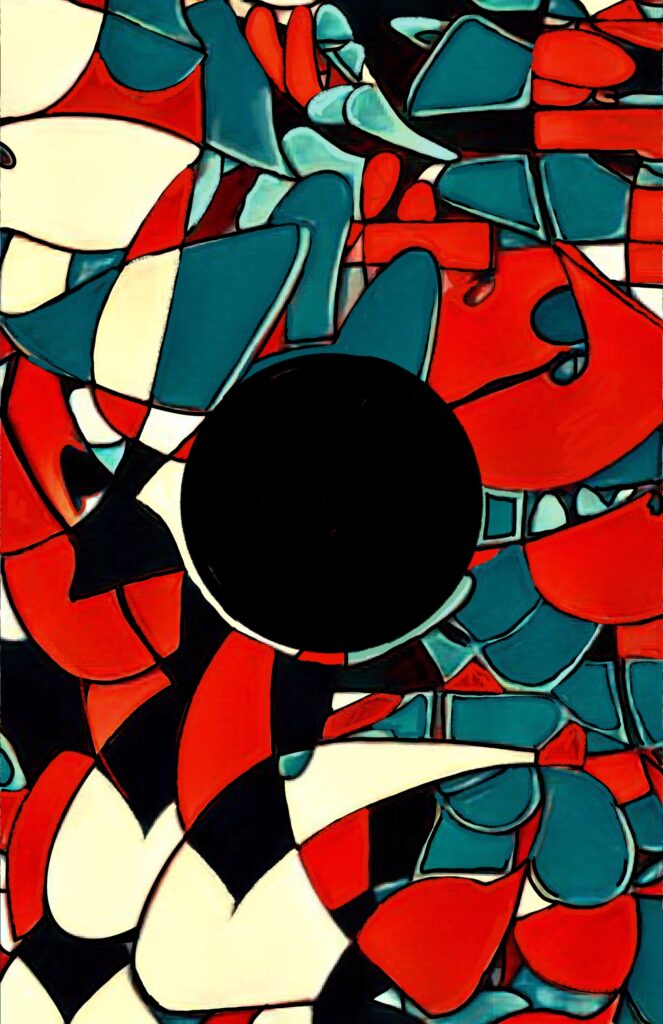
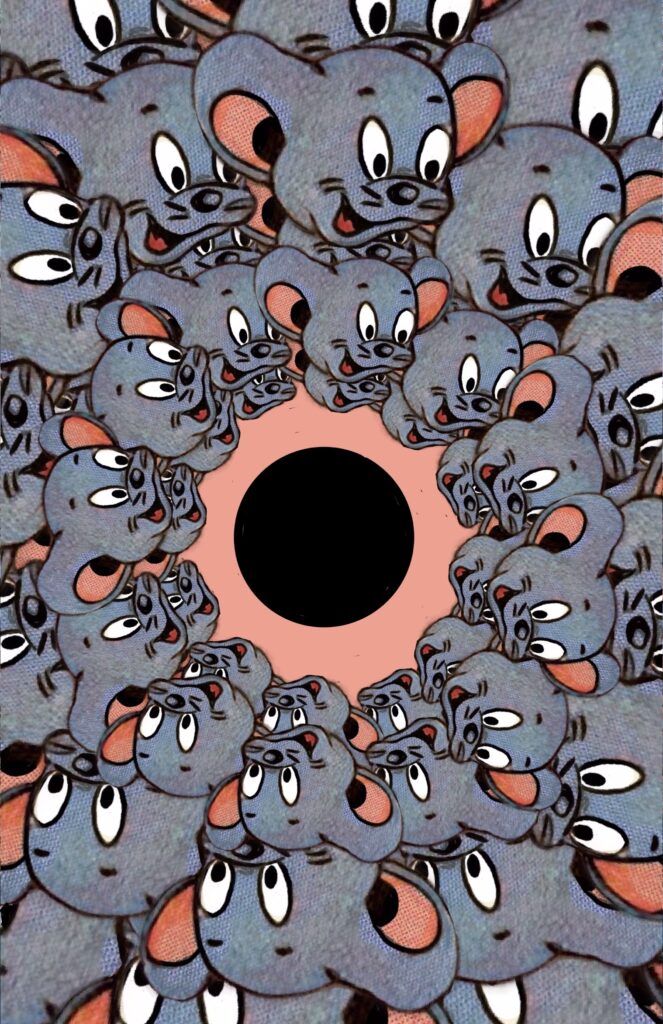
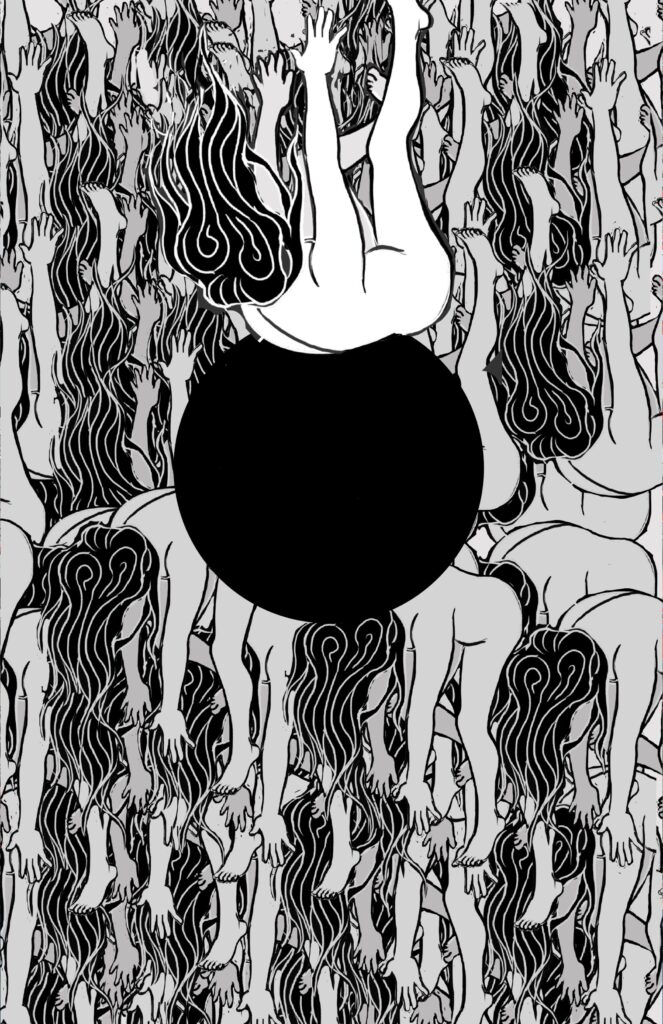
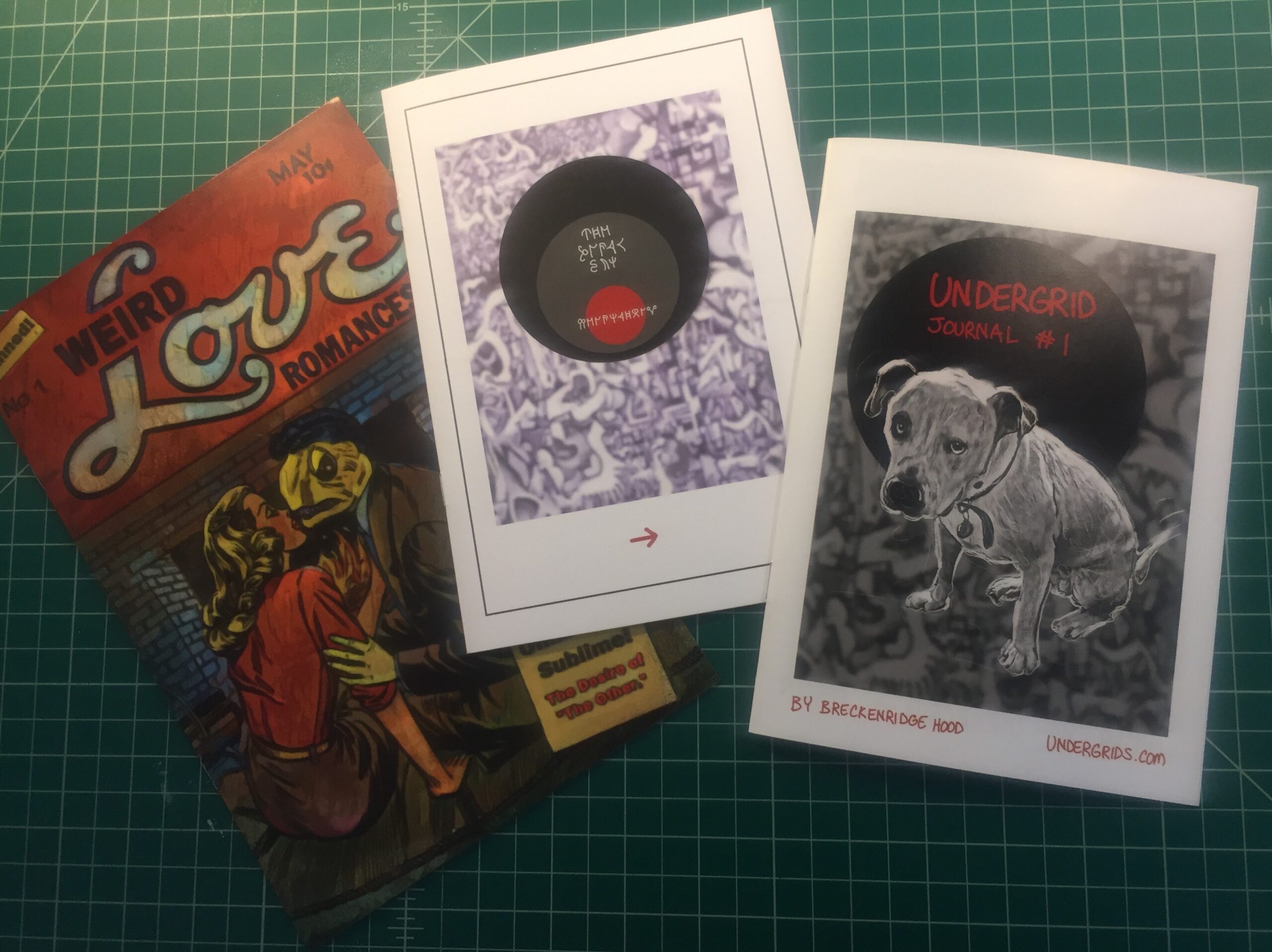
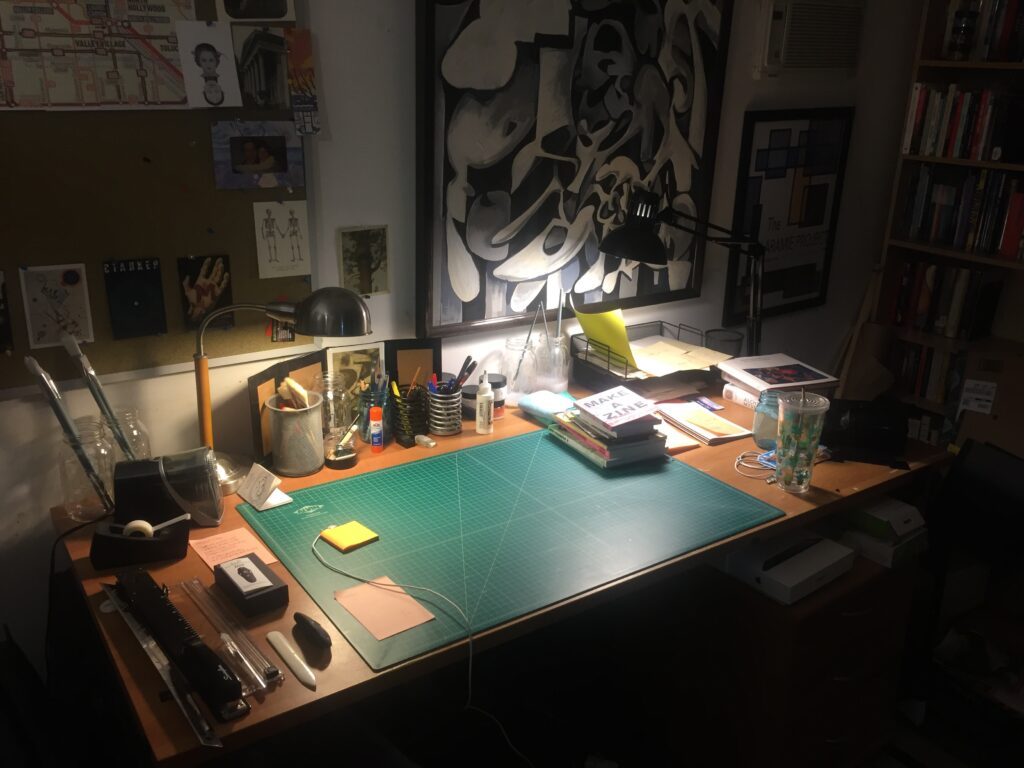
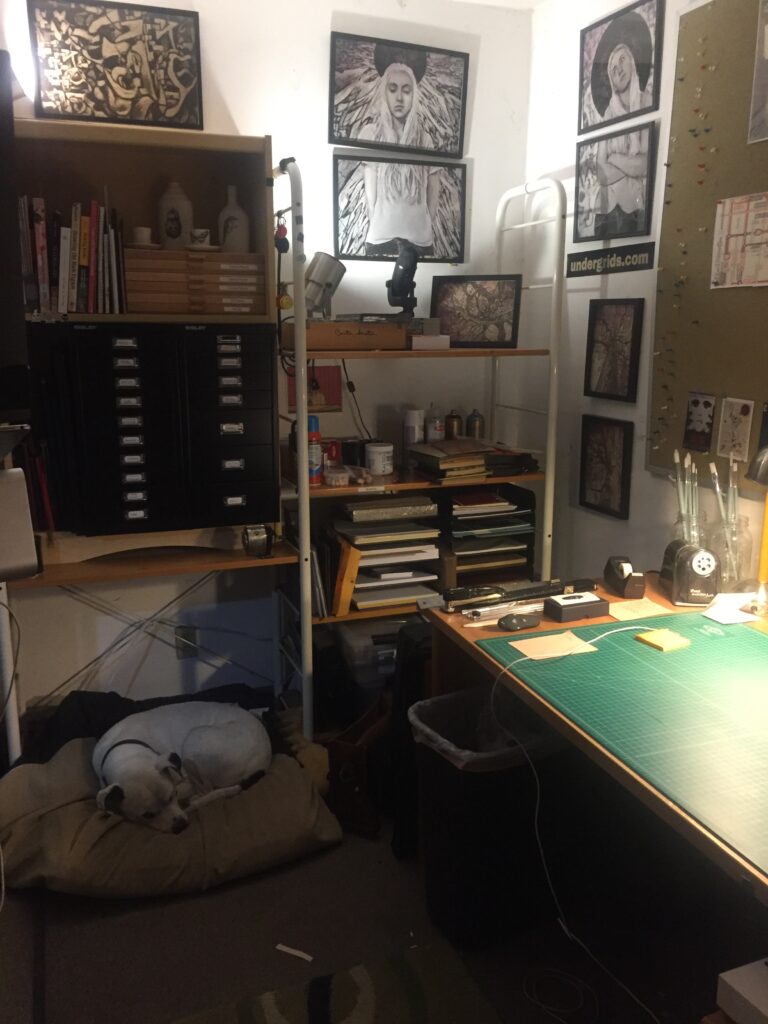
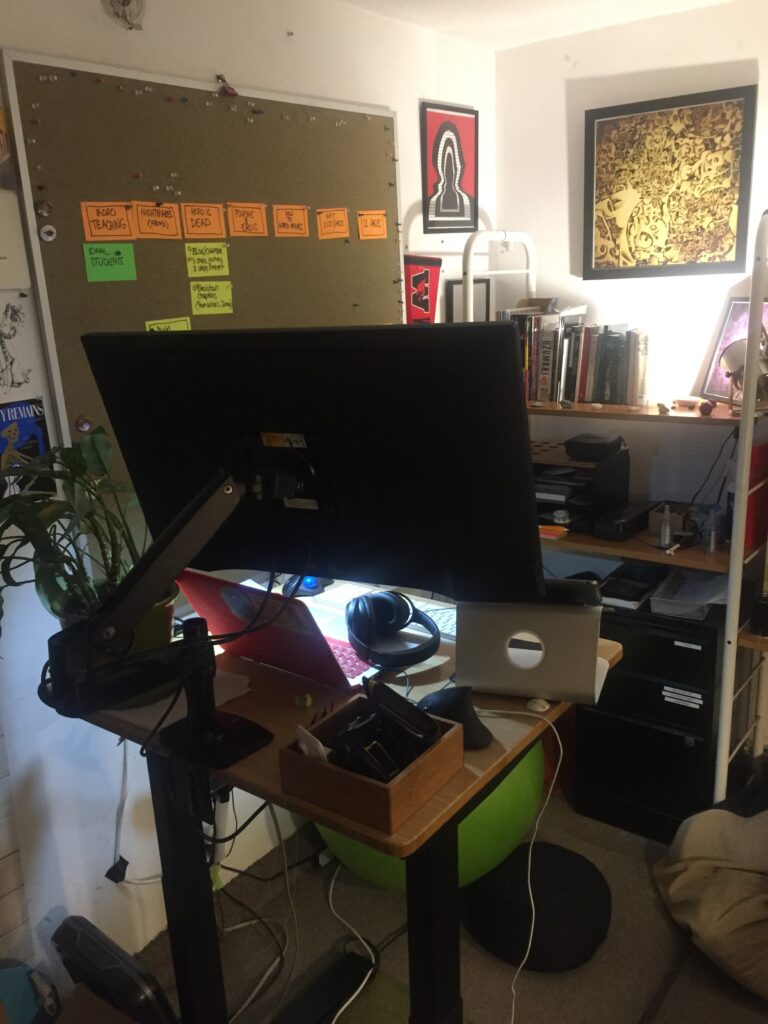
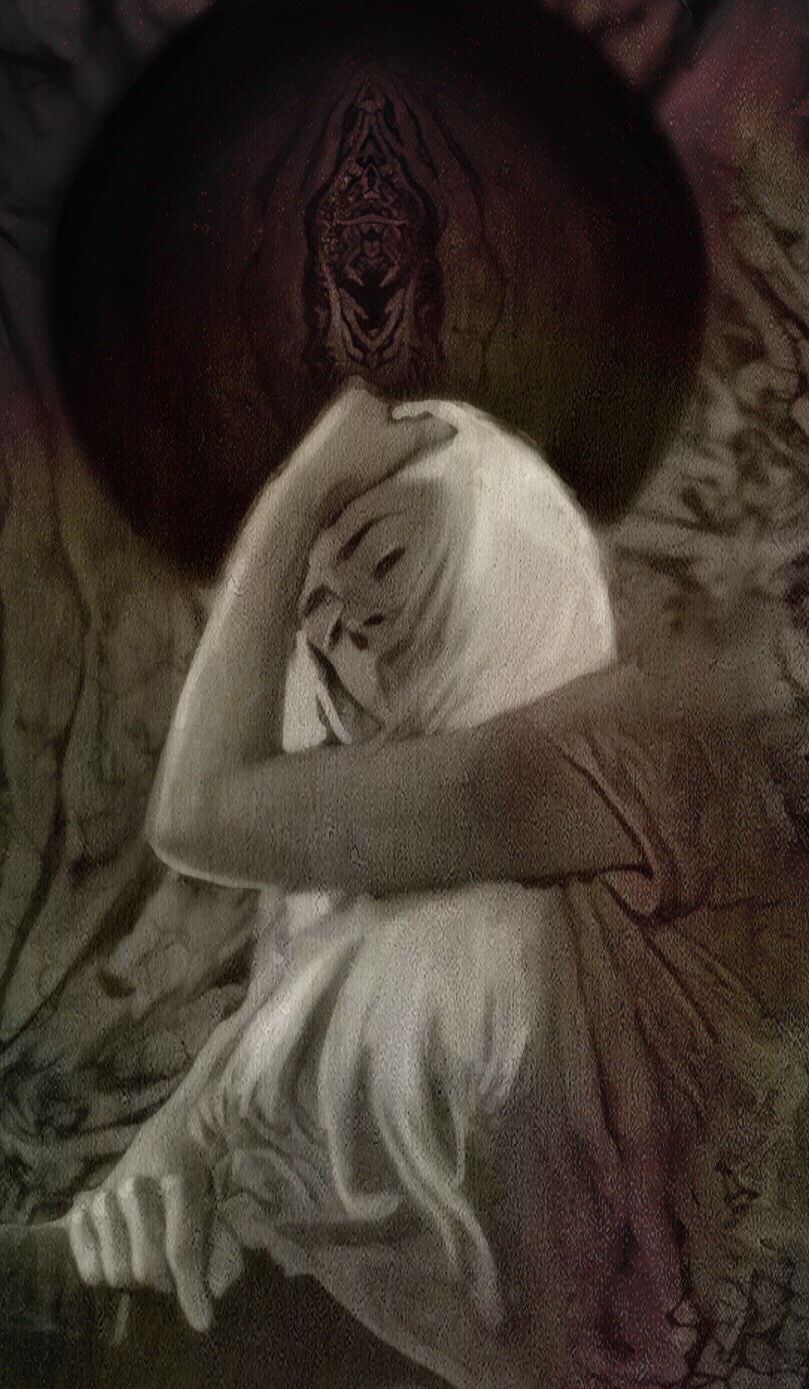
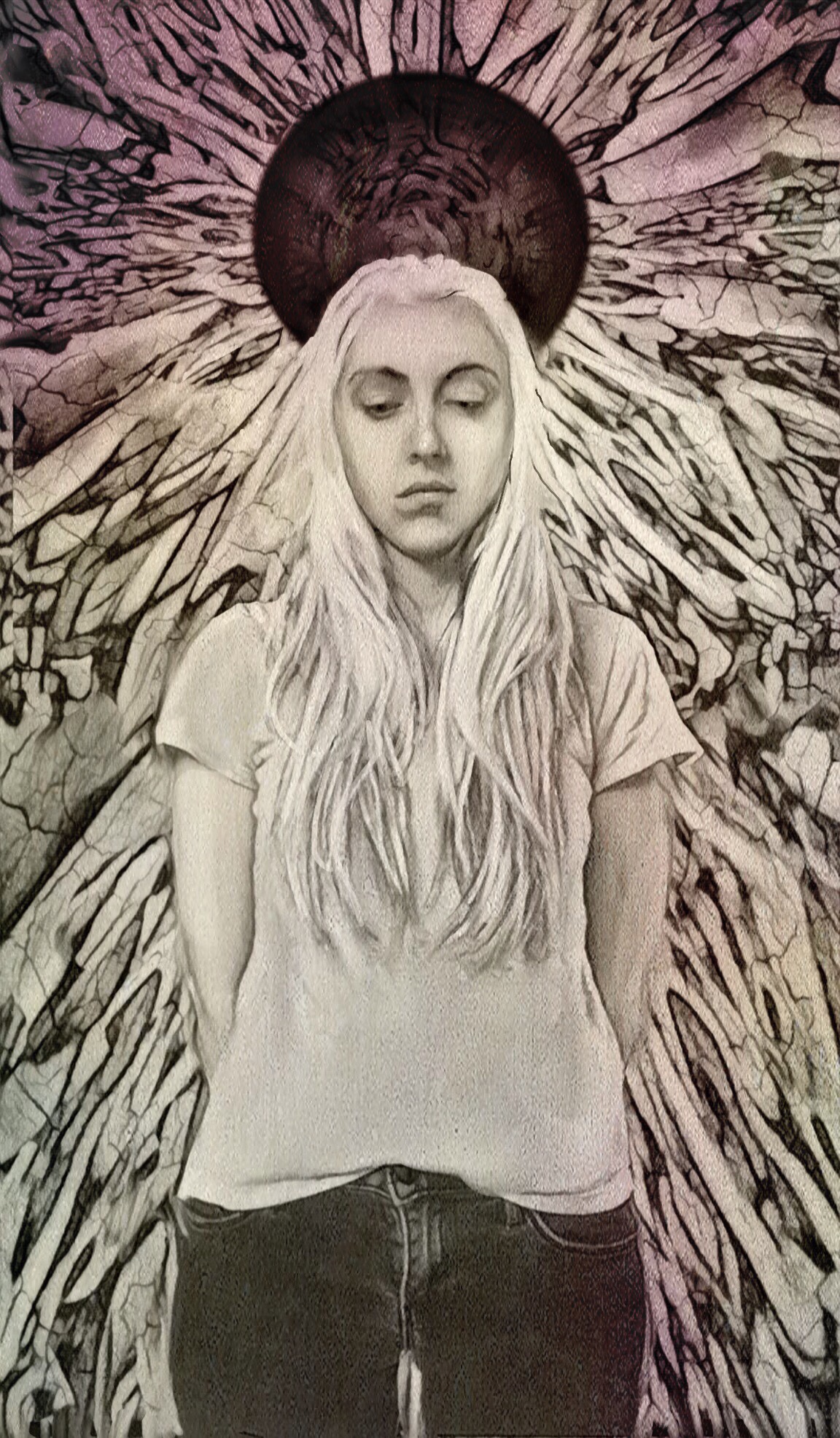
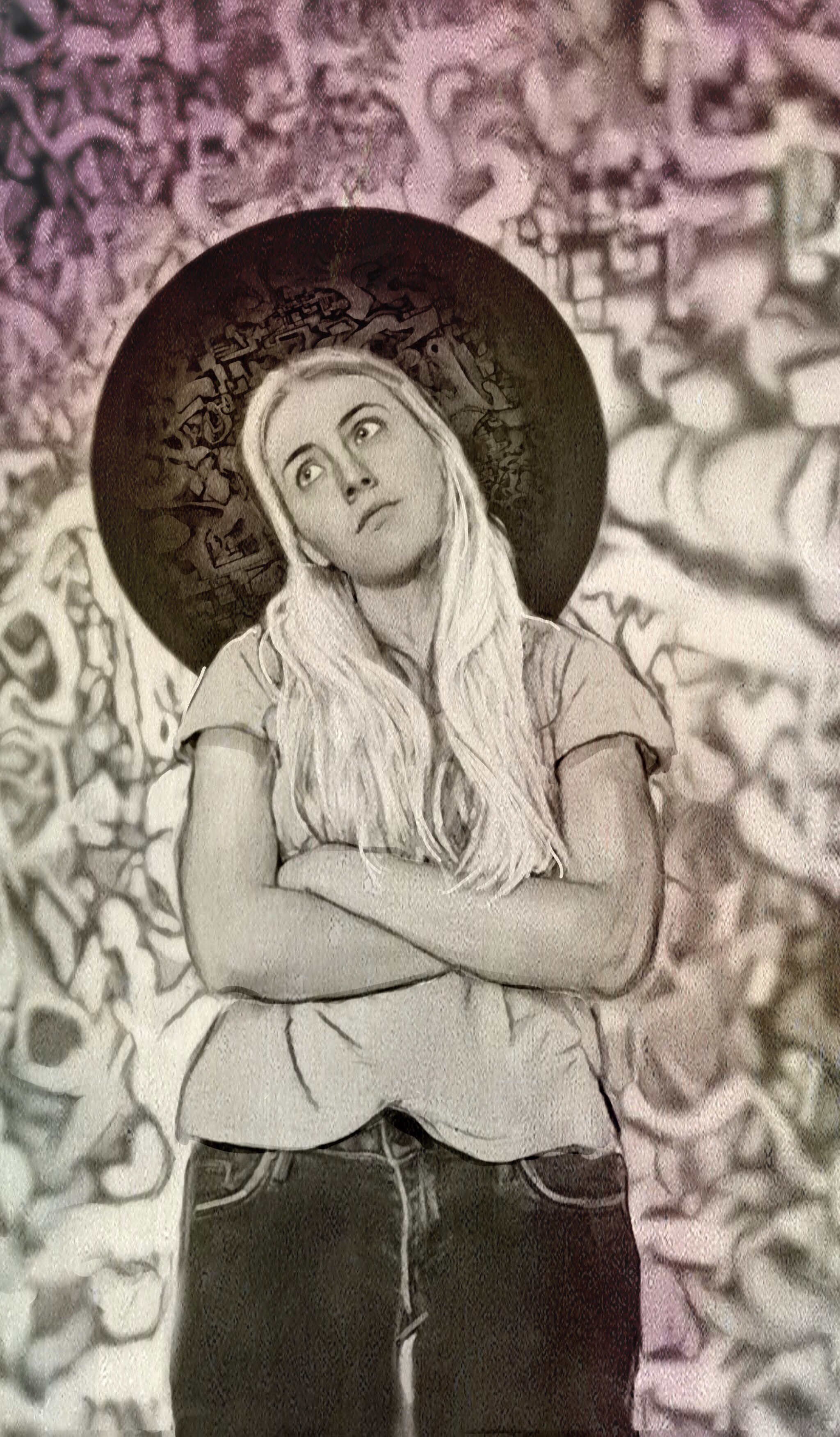
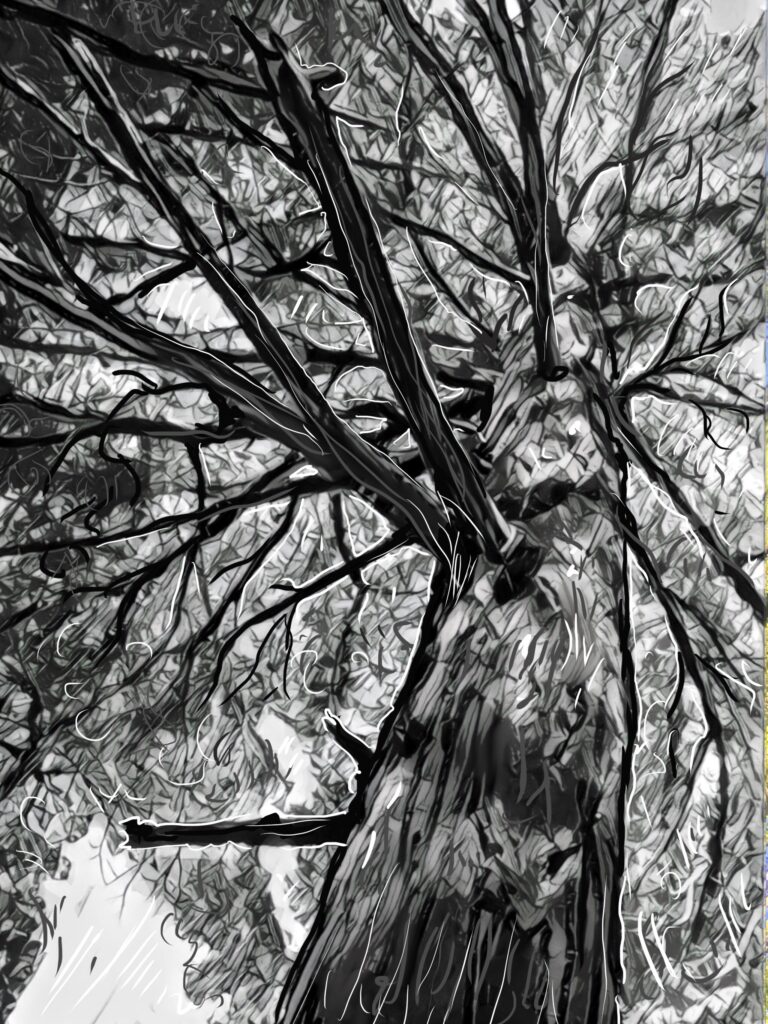
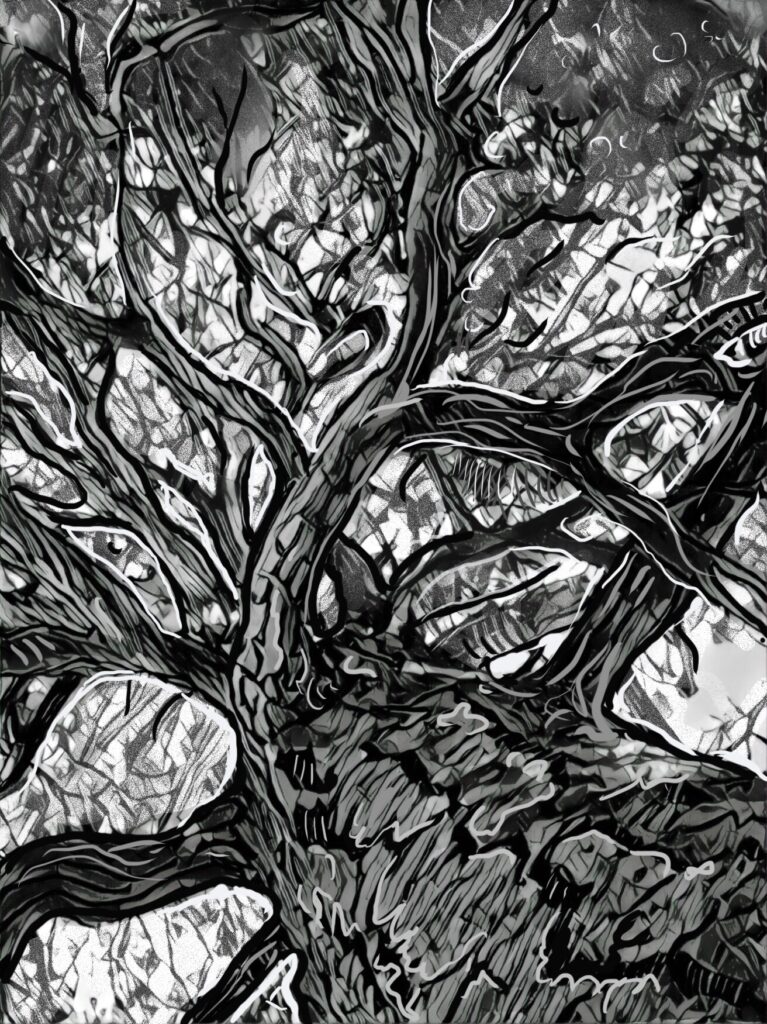
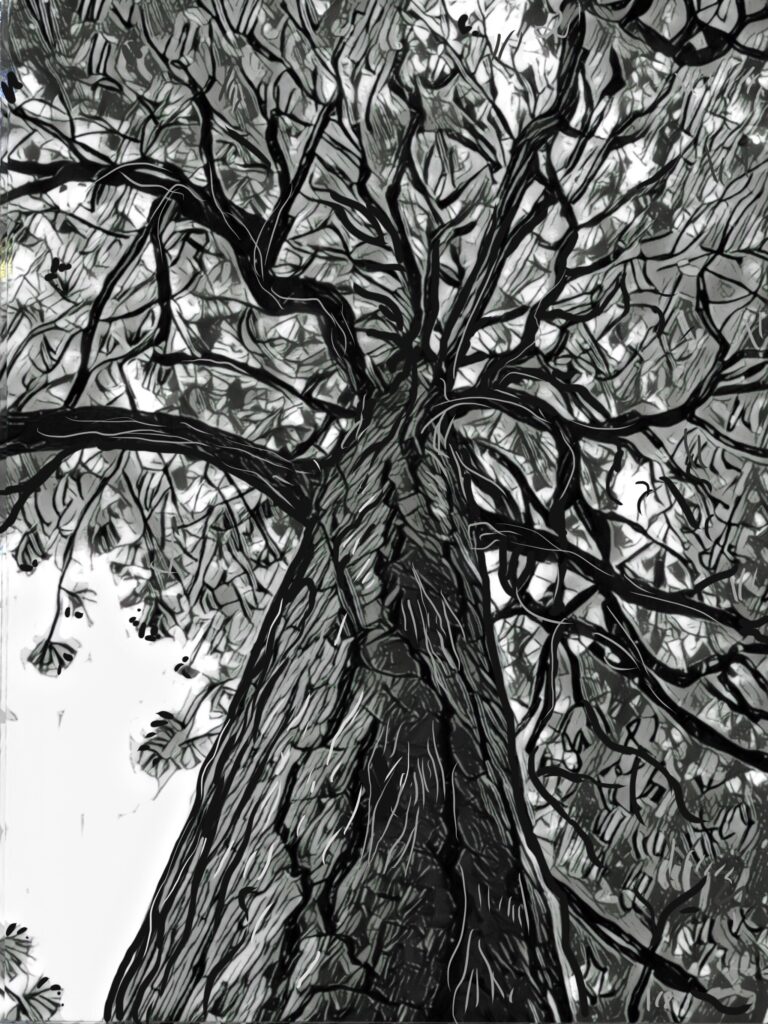
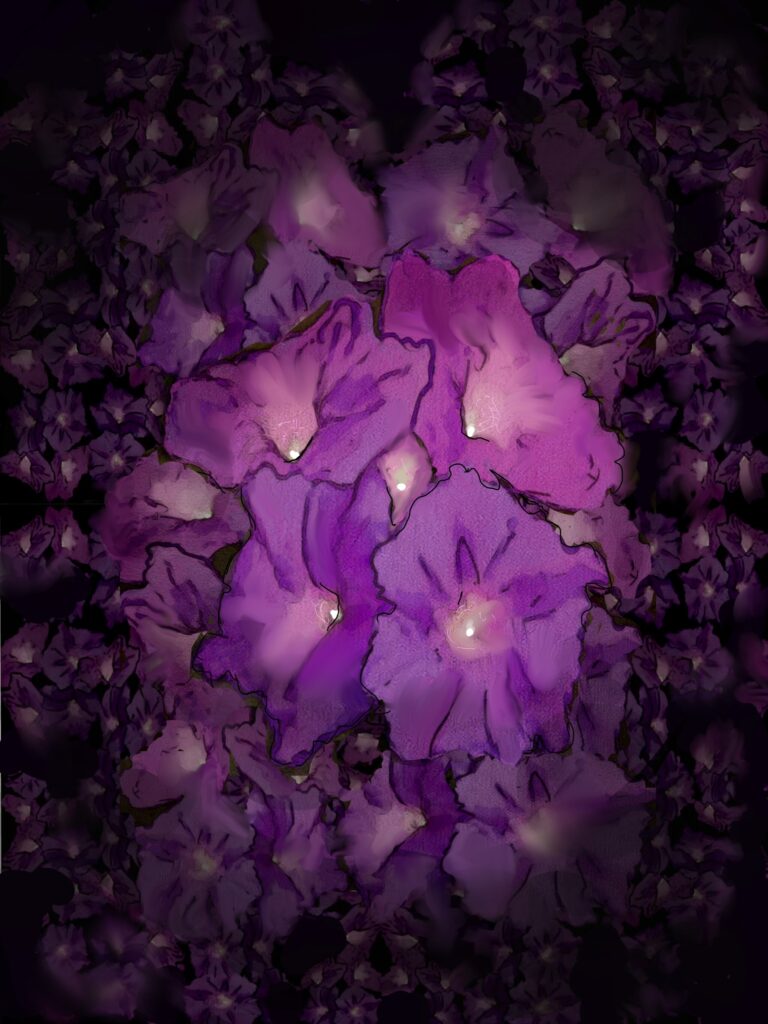
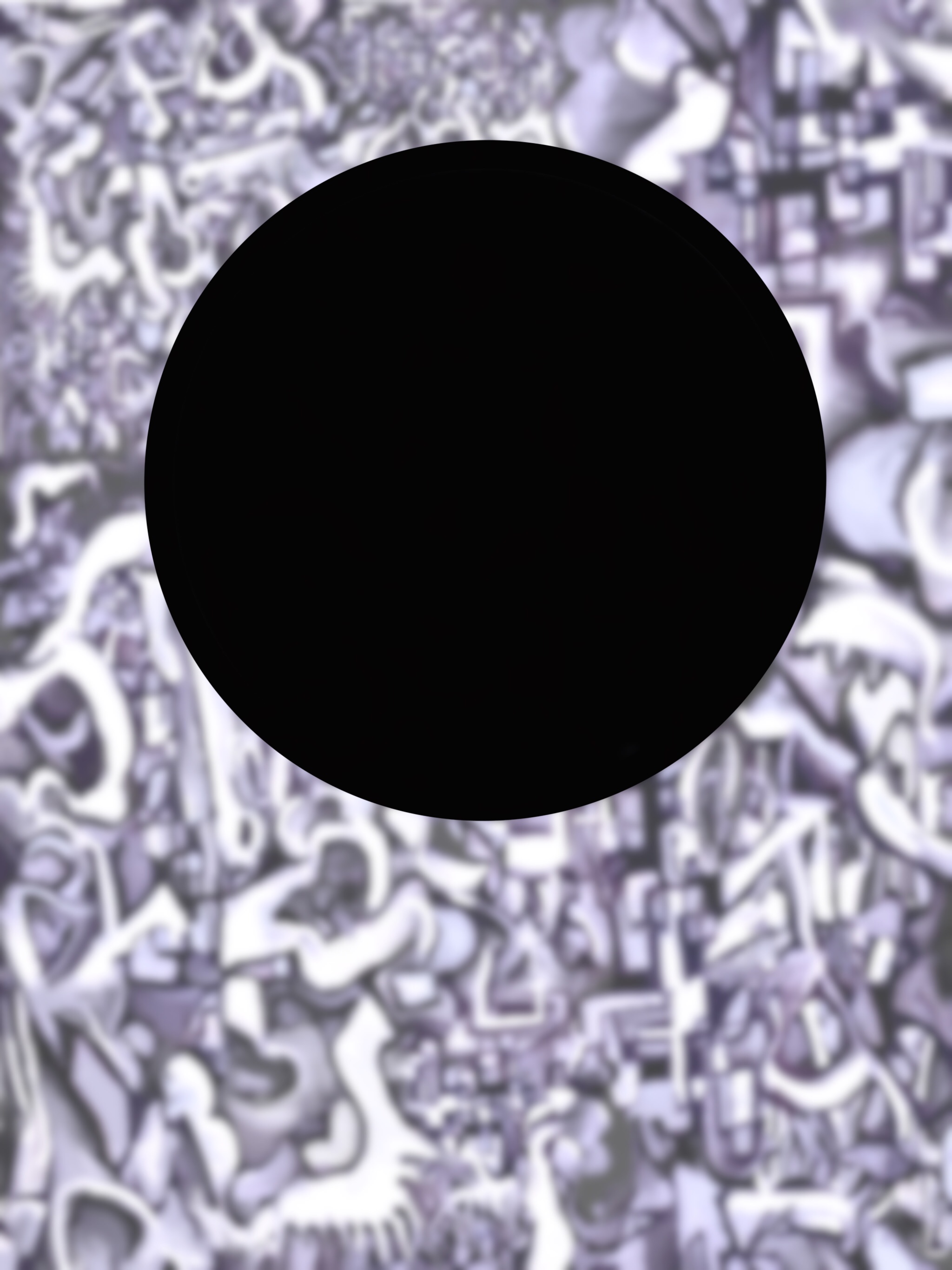
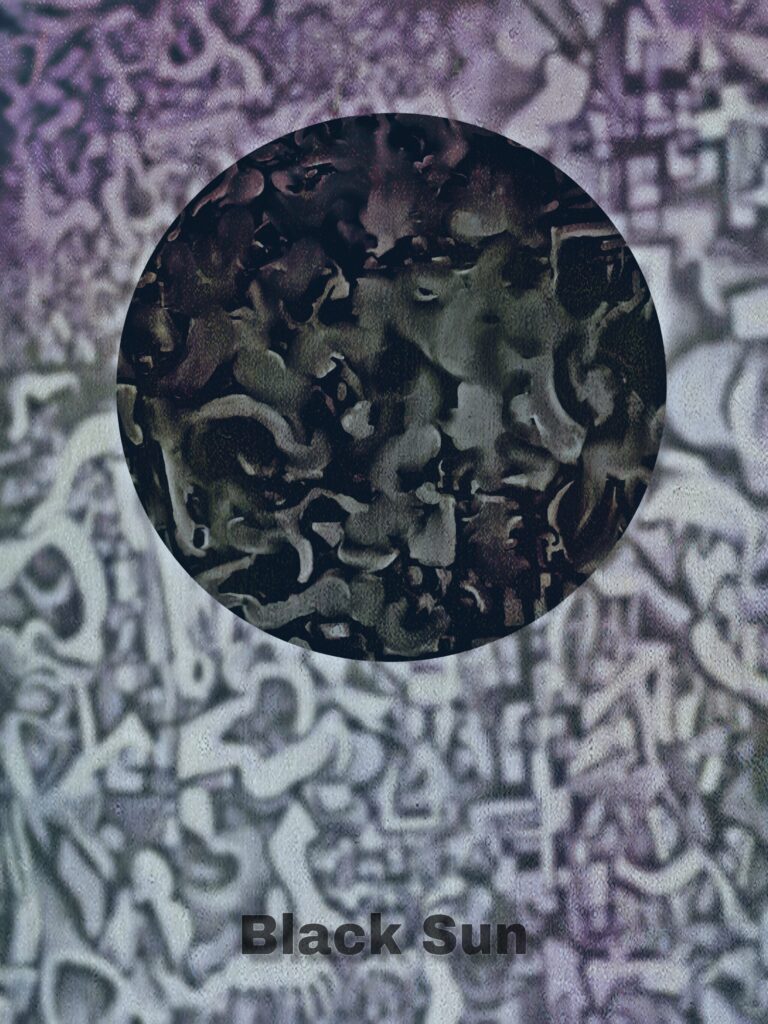
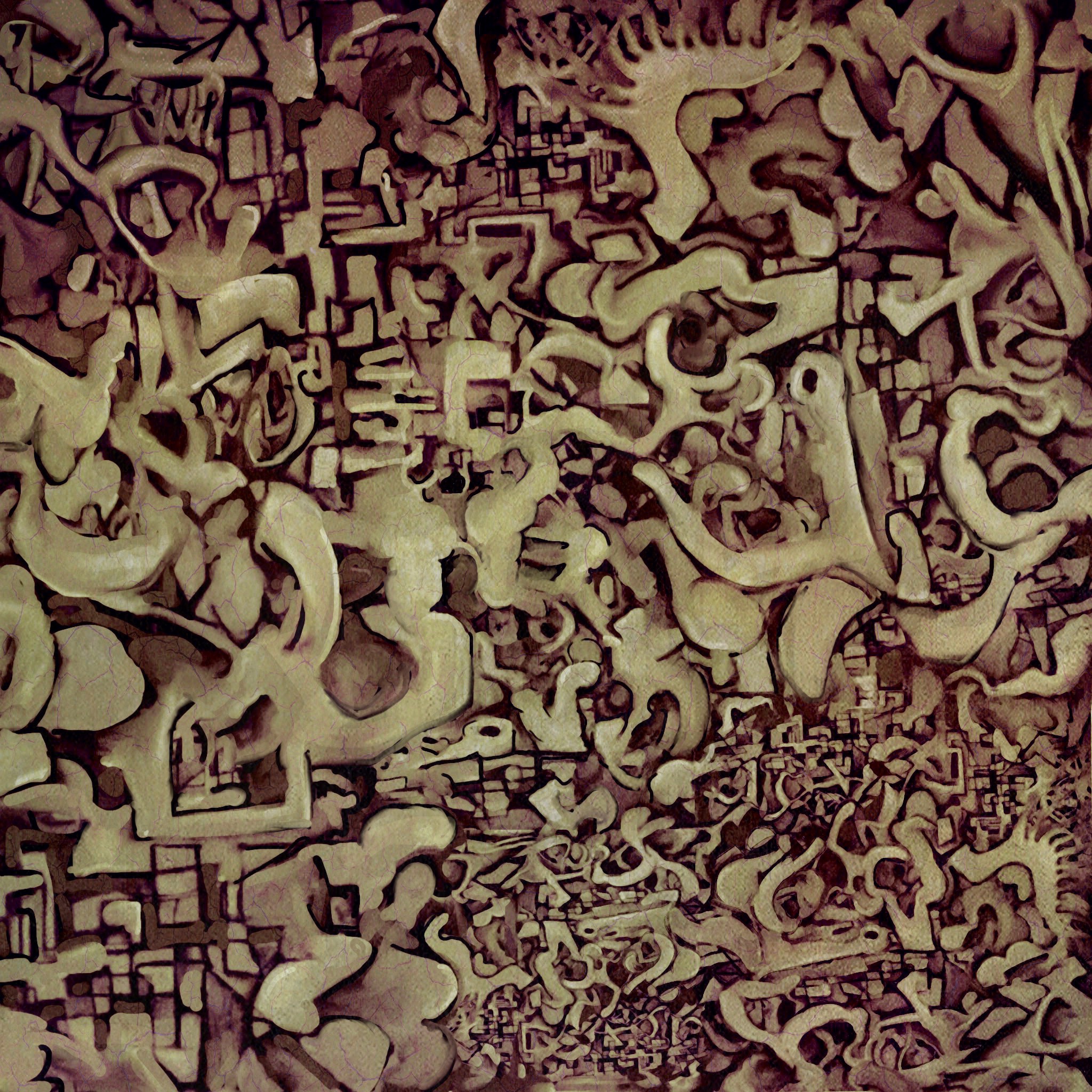 Undergrid Four – Pastel on paper, digitally manipulated
Undergrid Four – Pastel on paper, digitally manipulated